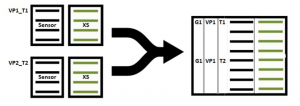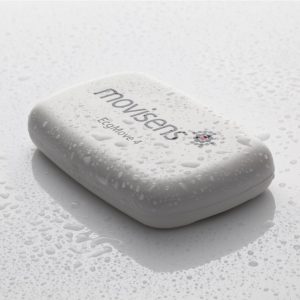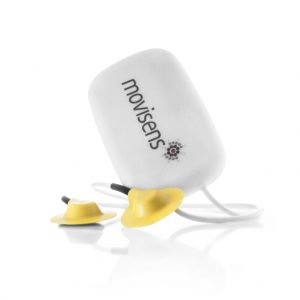Sensors for measuring skin temperature
Our customer oriented development serves as a keystone for our success in ambulatory assessment and mobile monitoring technologies. Combined with our expertise in sensor technology, we regularly implement custom solutions for researchers.
movisens track record of implementing customer wishes takes another step forward.
Due to researcher requests, we've integrated an infrared temperature sensor into our mobile physiological sensors the Move 4, and the EcgMove 4. This enables the continuous acquisition of skin temperature in addition to the wide array of other signals recorded.
Not only in times of corona is the measurement of skin temperature an important procedure, also in many other fields, important knowledge can be gained with the use of skin temperature; as the following example application illustrates.
movisens´ integrated IR-Sensors in use:
- Innovative Project for Domomedicine Deployment: The PiCADo Pilot Project
- A novel algorithm for detecting human circadian rhythms using a thoracic temperature sensor
- Relevance of a Mobile Internet Platform for Capturing Inter- and Intrasubject Variabilities in Circadian Coordination During Daily Routine: Pilot Study
Learn more about the Product Customization that movisens offers.


 The newest movisens
The newest movisens 


